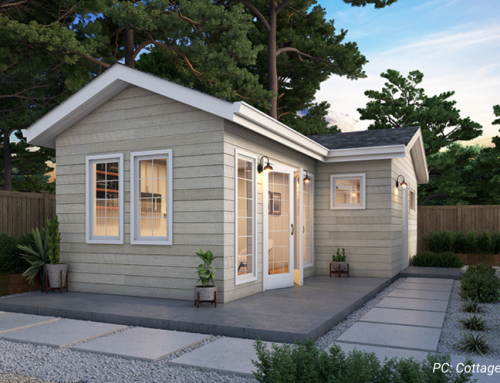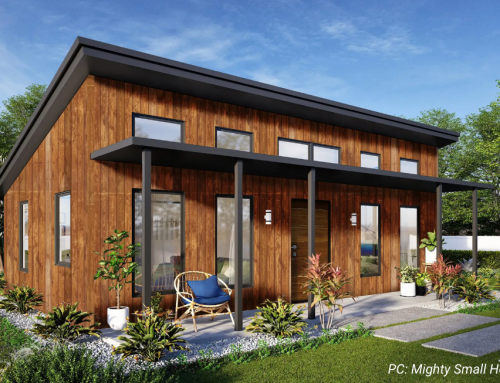Have you ever fantasized about buying an idyllic plot of land and building a trendy modular shipping container home?
Well, you’re not alone!
In fact, googling “Modular Shipping Container Home” returns an astounding 11.2 million results!

On top of that, there are hundreds of companies hoping to sell you some version of a shipping container home. Price points vary from tens of thousands to nearly two hundred thousand dollars.
In fact, Container Home Hub, states the average cost of a shipping container home in California is $184,000.
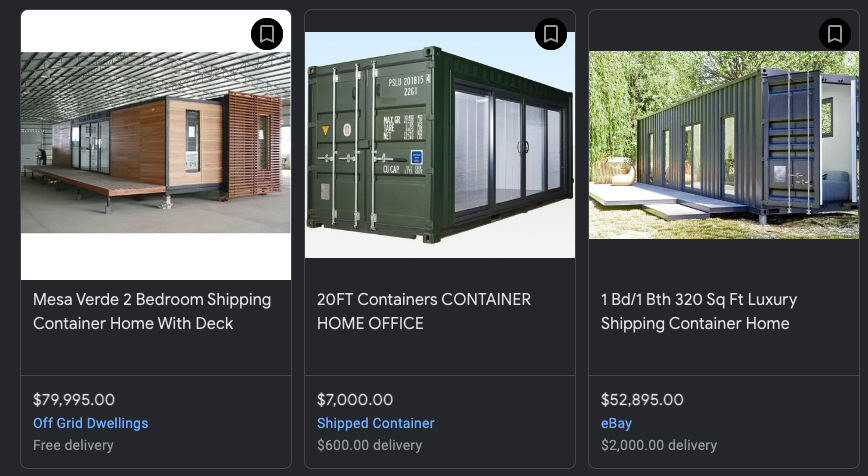
Why is there so much variation in cost and can you believe the hype?
Is it time to buy a shipping container, make it Instagram swoon-worthy, and let the Airbnb bookings flock in?
Not so fast…
For years I’ve been watching the rise of shipping container homes, and as someone who values and enjoys good design, they’re pretty rad.
However, there are some important things to know before you embark on your modular shipping container home. Here’s your definitive guide.
Modular Shipping Container Homes 101:
Shipping Container Strength
First, let’s talk about the structural engineering behind a shipping container. Shipping containers are incredibly strong, which seems obvious when you see photos like this of containers stacked six units high.

So, logically, it makes sense that a shipping container would make for a very strong home, right?
Well… kind of.
Shipping containers are actually made of relatively flimsy metal. The strong edges of the container and the corrugation are what allow containers to keep their form, rigidity, and strength.
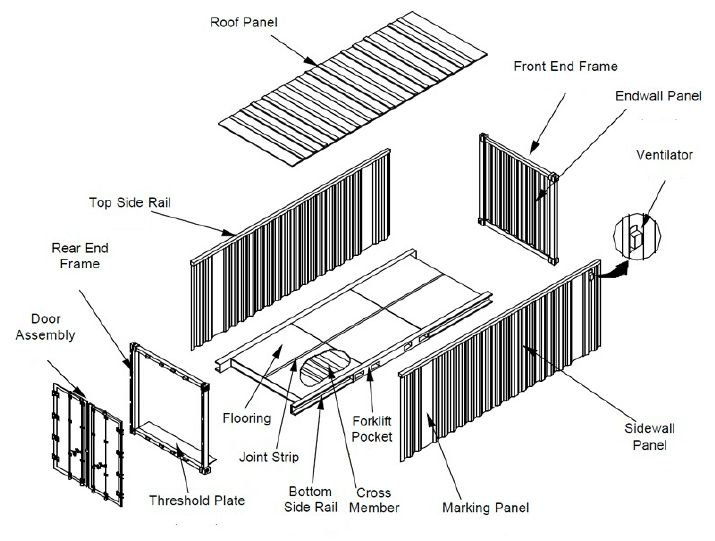
However, if you cut into a container, to make a door or window for example, you lose that inherent strength. Every opening made for a modular shipping container home must be reinforced. So it’s not quite as plug and play as one would home.
To make matters more confusing for homeowners there are different types of modular shipping containers.
- One-Trip Containers
- Cargo-Worthy Containers
- Wind & Watertight Containers
Trust us…they aren’t all created equal!
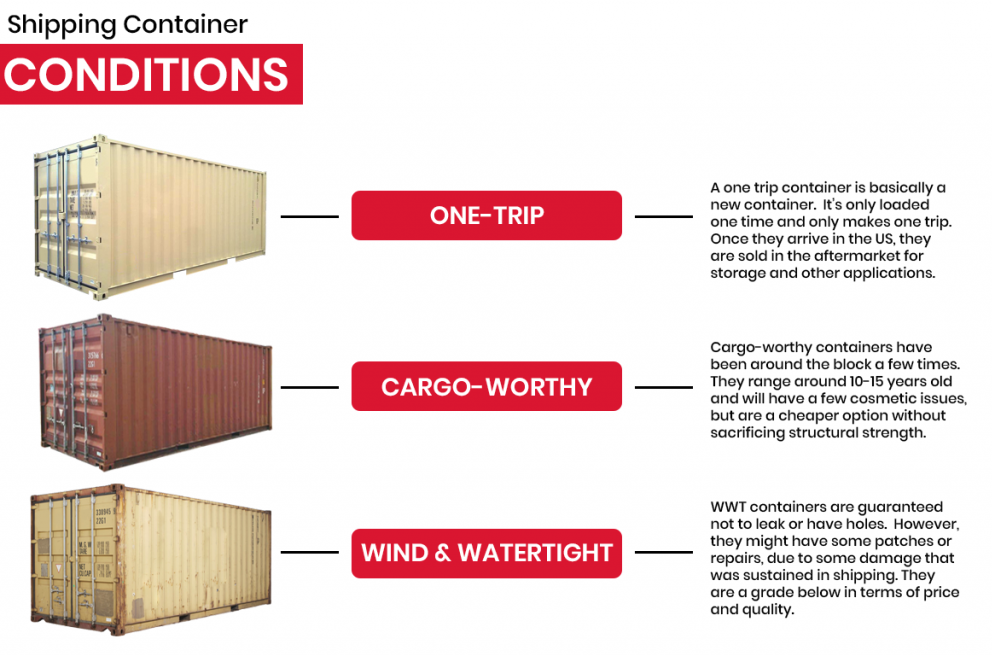
Legalizing a Shipping Container
To build a legal home, whether it’s made from traditional construction methods or a unique building material like a shipping container you have to comply with the local building code.
What does that mean exactly?
Every jurisdiction will have its own building code and it’s typically updated every 3 years. This code ensures that structures comply with local regulations, energy efficiency requirements, are built well, and are safe to live in.
For a container home to be legal it’s going to need a foundation. Either a poured concrete slab or piers that it can be set on.
The shipping container will also require insulation. Insulation is incredibly important at creating an energy efficient space, think cool in the summer / toasty in the winter, and it’s not just a nice to have.
Insulation is required in every home. In fact, there are even articles on how to insulate shipping containers.

On a shipping container, your best best for adding insulation is a blow in insulation.
This is also why you see the price points online vary so much. The reality is that the vast majority of these units would not be be able to receive a permit nor could anyone legally live or rent your shipping container home.
That’s why that $18,000 sq ft “container home” being sold on Home Depot is really just a fancy-looking shed.
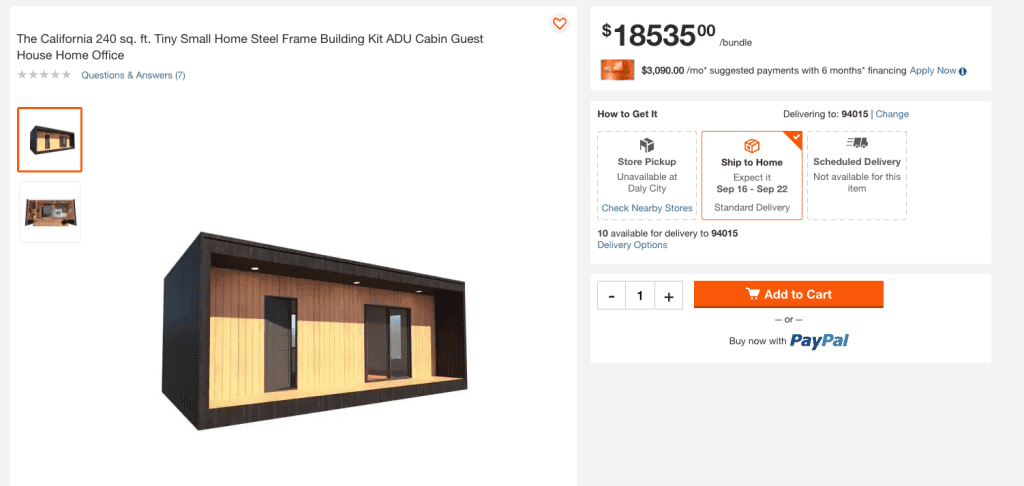
Products like this from reputable companies like Home Depot really do homeowners a disservice. This “Container Home” which even says “ADU” in the title is NOT an ADU.
- You can not legally rent this.
- This unit will not increase your property value.
- This unit is not permittable.
Unless you go through a permitting process and legalize your unit it’s not going to add value to your property. That could cause you to miss out on hundreds of thousands of dollars in increase in property value!
Shipping Container Homes are Modular, Right?
Part of the appeal of shipping container homes is the ability to mix and match, stack, and build in a totally modular way.
Do you sense a but coming?
But…
Remember when we talked about the engineering behind shipping containers? They’re engineered to function as vertically stackable containers to ship goods. They have a lip in the front and back of the container that allows the containers to stack and click into place.
If you try to cantilever the shipping containers like this:
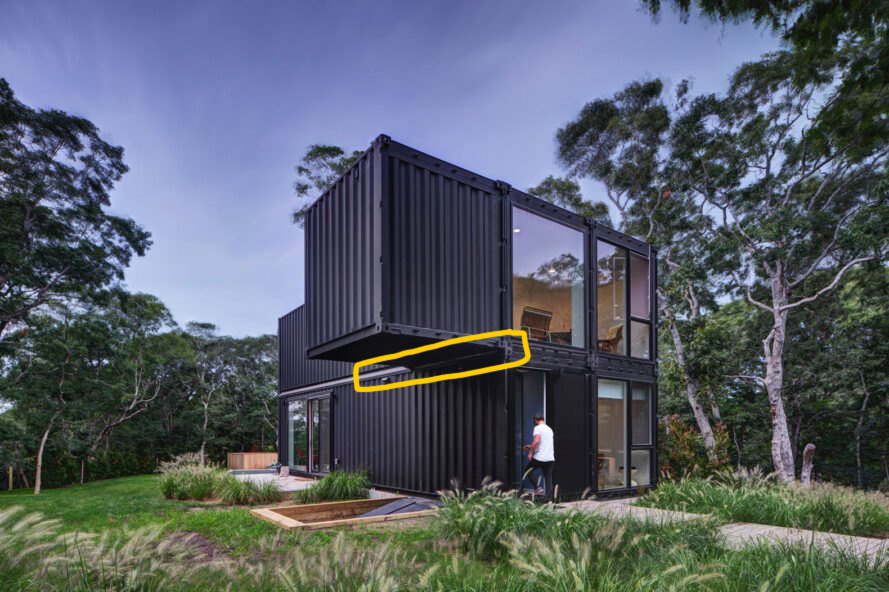
You’ll need to undergo some serious modifications and retrofitting to make the unit structurally sound.
If you’ve made it this far and you’re not dissuaded by the idea of a shipping container home, congratulations! We’d encourage you to get in touch to discuss your project idea.
So as a quick recap — Shipping container homes are absolutely trending in the home design space. Believe it or not, Airbnb now has a shipping container category.

After browsing some of the shipping container homes like this one:
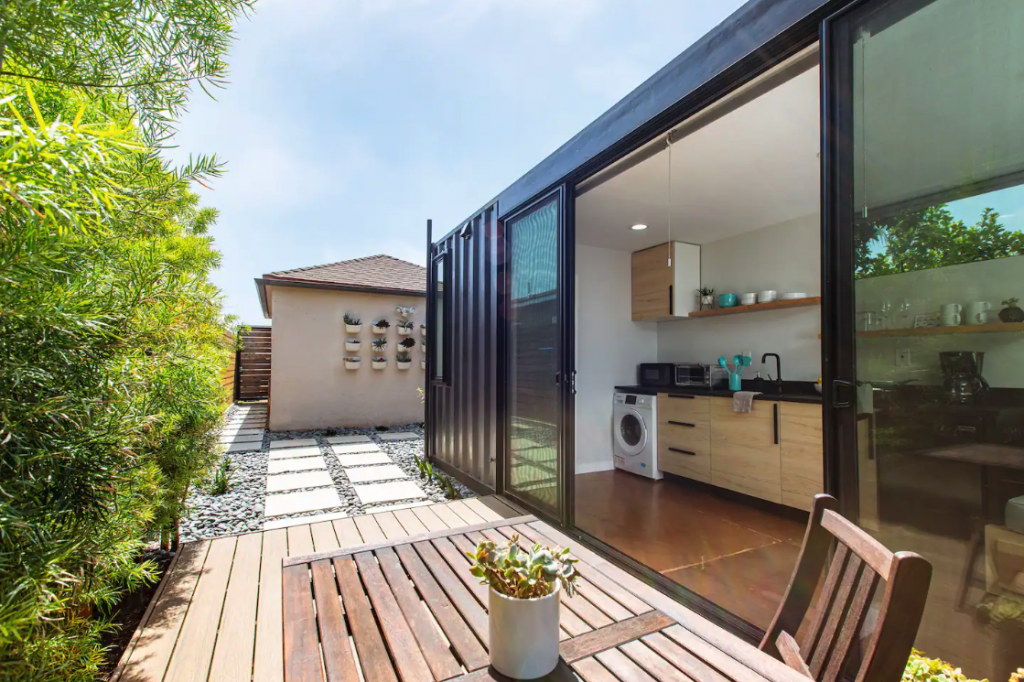
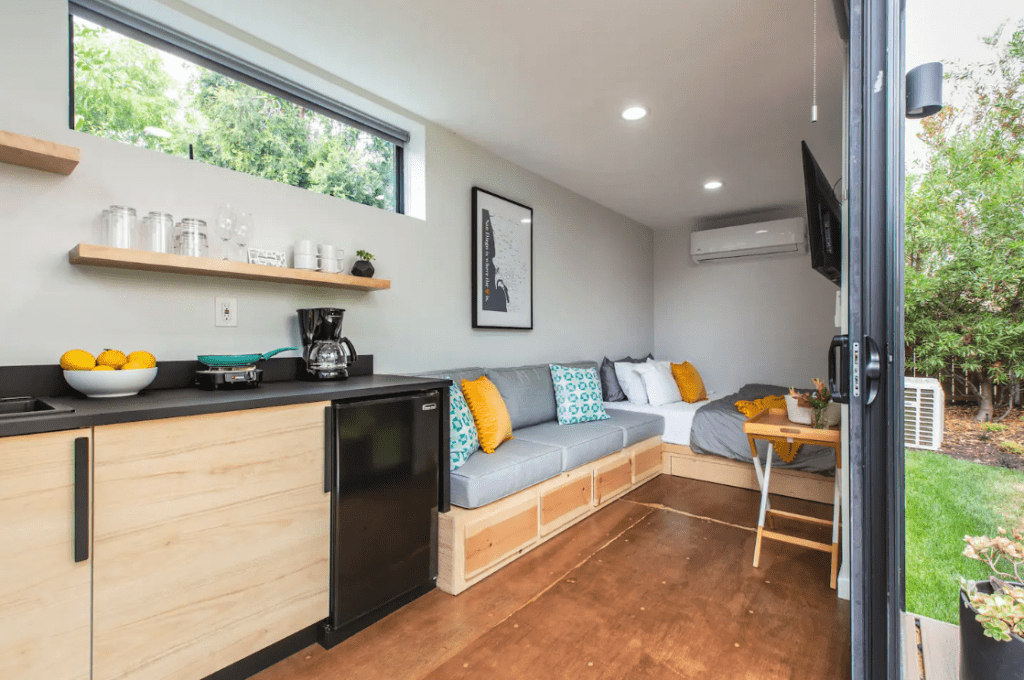
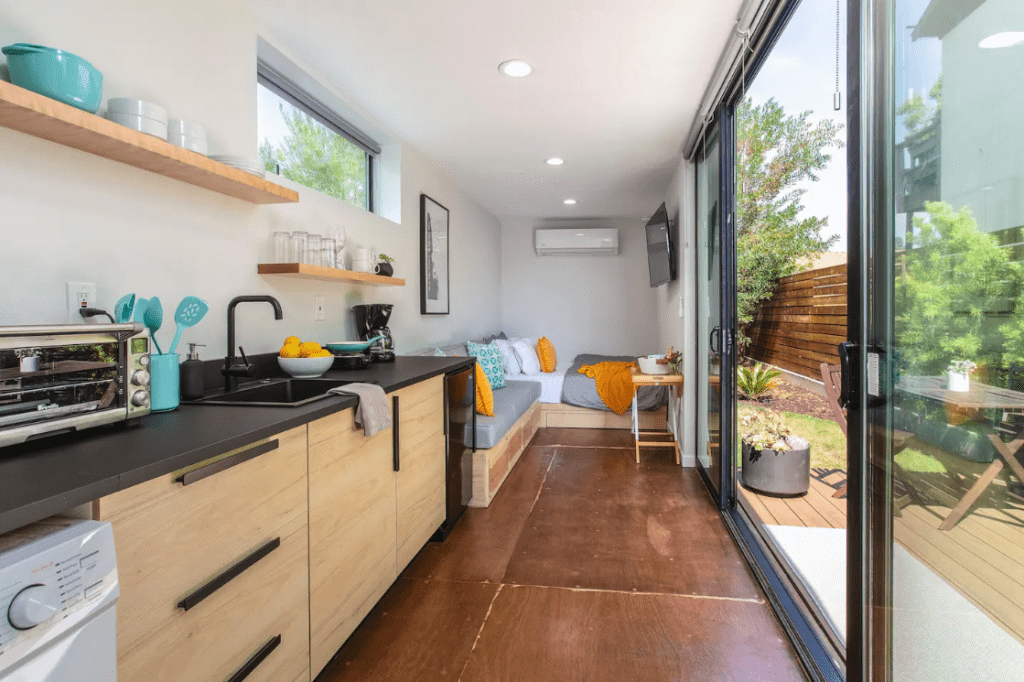
or this one:
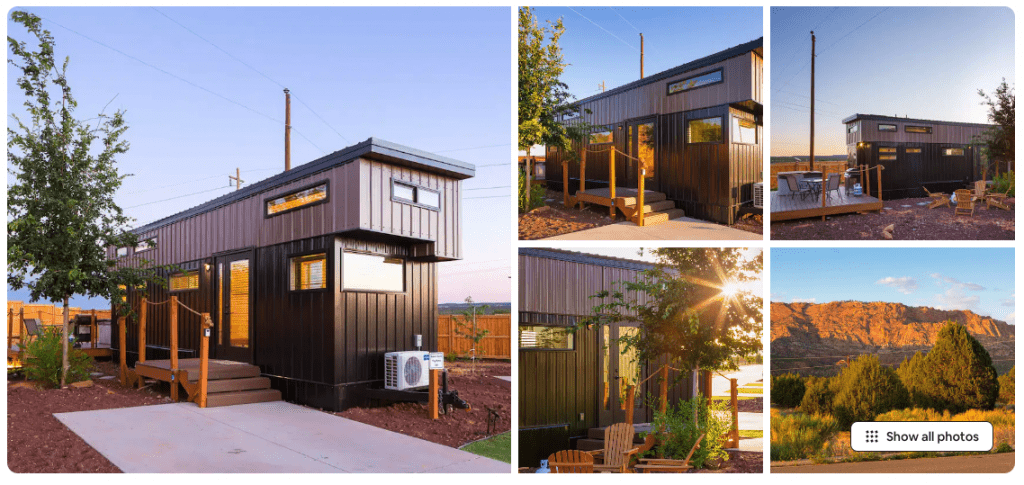
or this one:

or this gorgeous container home:
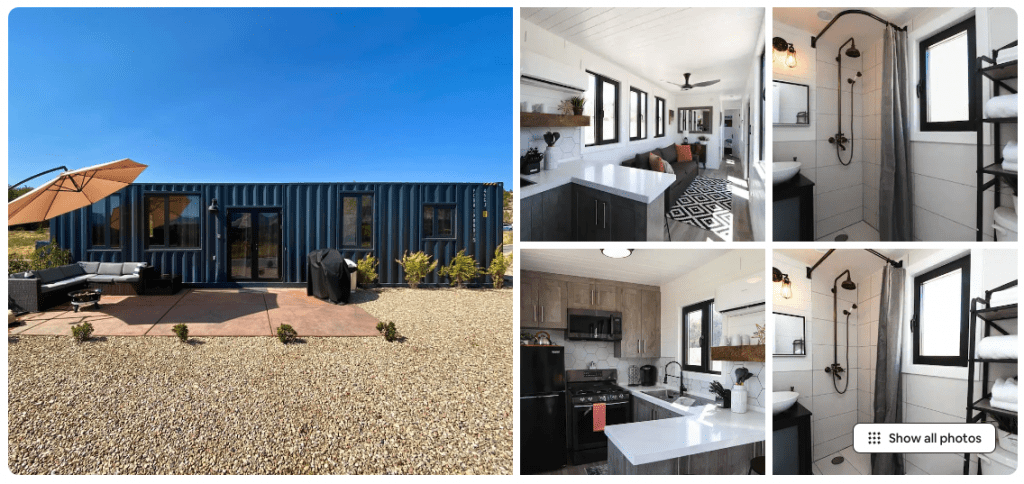
I can see why people are so obsessed with the idea of converting a shipping container into a home!
Debunking the Container Home Myths
Unfortunately, the typical reasons why people cite containers as a great option for your next home can be debunked.
- They aren’t affordable.
- They require major modifications that offset any savings you might have gained.
- They aren’t mobile or easily stackable.
However, they absolutely can be legalized and they are incredibly cool!
Best Case Scenario For a Shipping Container Home
When does a shipping container home work really well? If you are design forward and want to create a truly unique space that’s the talk of the neighborhood a shipping container home could absolutely be for you!
It’s important to embark on this project with a realistic understanding of the timeline and costs. Want help evaluating your project idea? Book an ADU planning call with us!


